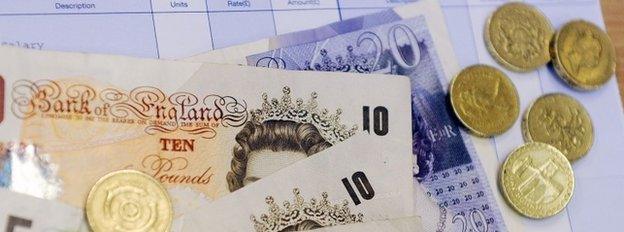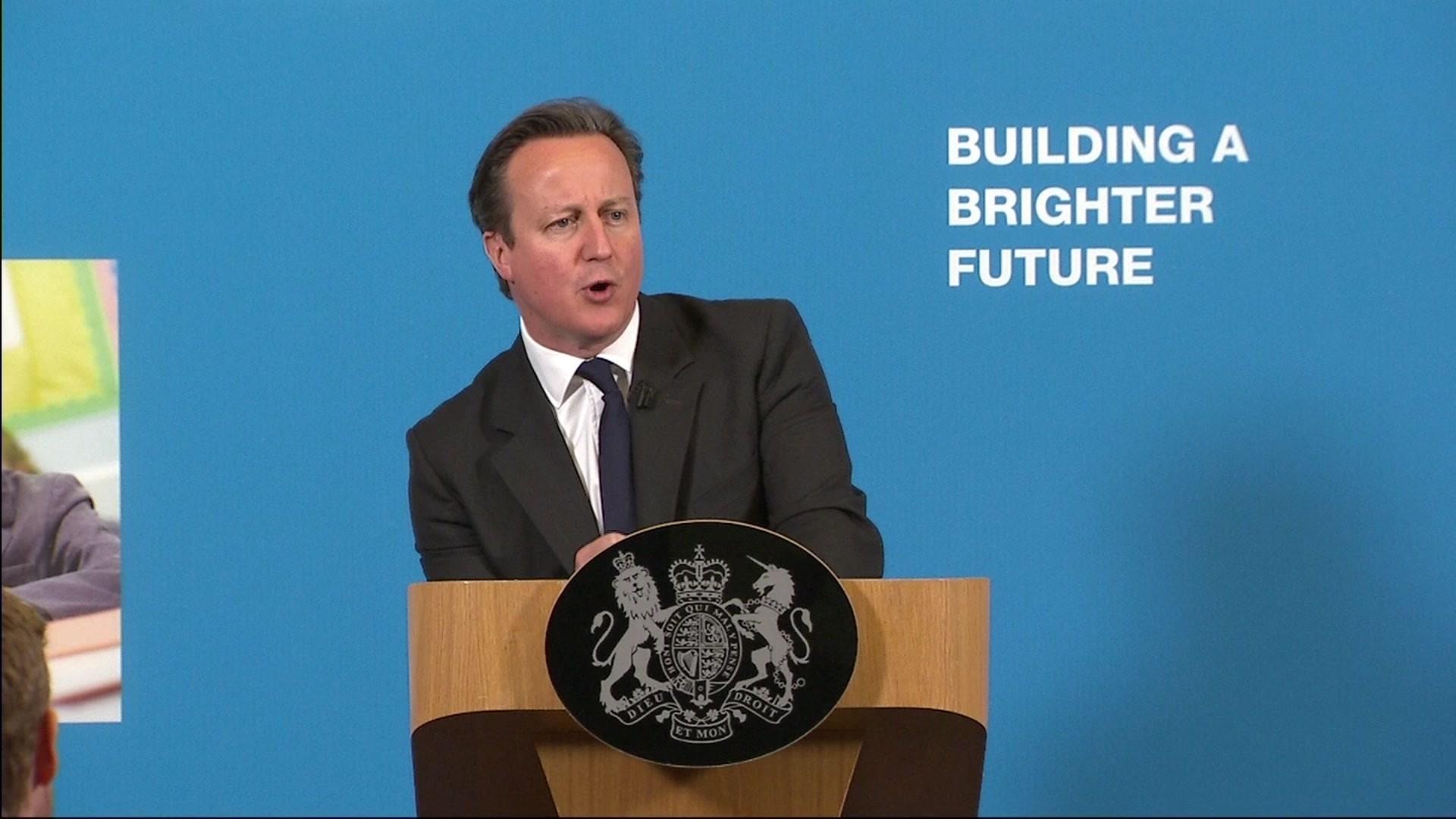How the welfare budget is spent and options for savings
- Published
The government says it needs to find a further £12bn in savings from the annual welfare bill to meet its goal of balancing the books by 2017-8.
Chancellor George Osborne is expected to spell out details of what will be cut in next month's Budget and the spending review later this year in the face of calls from opposition parties and anti-austerity campaigners for greater clarity on the issue.
The welfare budget currently accounts for about 30% of all government spending. Here are more details about where the money goes.

The welfare budget and where it is spent

In 2015-6, spending on benefits and tax credits is expected to total £220bn
State pensions and age-related benefits, such as winter fuel allowance and free TV licences, will account for £95bn
Child tax credits and working tax credits - £30bn
Housing benefit - £26bn
Disability and incapacity benefits - £37bn
Child benefit - £12bn
Pension credit - £6bn
Jobseekers Allowance and income support - £5bn

What has already been announced and what is left to be done?

The coalition government legislated for £21bn in welfare cuts between 2010 and 2015
Experts say the actual net fall in welfare spending over the period was closer to £17bn
From 2015-6, working-age benefits and tax credits will be frozen for two years, saving an estimated £1bn
The benefits cap will be reduced from £26,000 to £23,000, saving an estimated £150m
18-21 year olds jobseekers will not be able to claim housing benefit, saving an estimated £120m
Experts say £10.5bn of the government's planned £12bn cuts by 2017-8 have yet to be identified

What has been ruled out?

Any cuts to state pensions, which are protected through the "triple lock" guarantee
Any cuts to universal benefits for pensioners, ruled out in Conservative manifesto
Any cuts to child benefit, which David Cameron has indicated is protected in this Parliament

What are some of the options?

Reducing the per-child element of child tax credits, in real terms, to 2003-4 levels could save about £5bn. It would see 3.7 million families lose, on average, about £1,400 a year
Restrict per-child element of child tax credits to families with two children could save an estimated £3.3bn
Limiting cuts to child tax credits to non-working families by reimbursing those in work through the Universal Credit system could save an estimated £2.5bn.
Reducing work allowances for families with children to same levels as families without children could save an estimated £3.3bn
Cutting the Local Housing Allowance element of housing benefit for private sector tenants could save an estimated £400m
Requiring all LHA claimants to contribute to their rent could save an estimated £900m a year
Requiring social housing tenants to contribute to their rent, allied to further cuts in their benefit, could save £1.6bn a year
Abolishing housing benefit for all under-25s could save £1.5bn, affecting about 300,000 people
Taxing personal independent payments could save an estimated £900m a year. Taxing the attendance allowance could save an estimated £600m. Abolishing the carer's allowance completely could save a reported £1bn a year
Abolishing contributory jobseeker's allowance (JSA) and employment and support allowance (ESA) could save £1.3bn
Increased means-testing of Universal Credit could save an estimated £2bn
Source: Institute for Fiscal Studies

- Published22 June 2015
